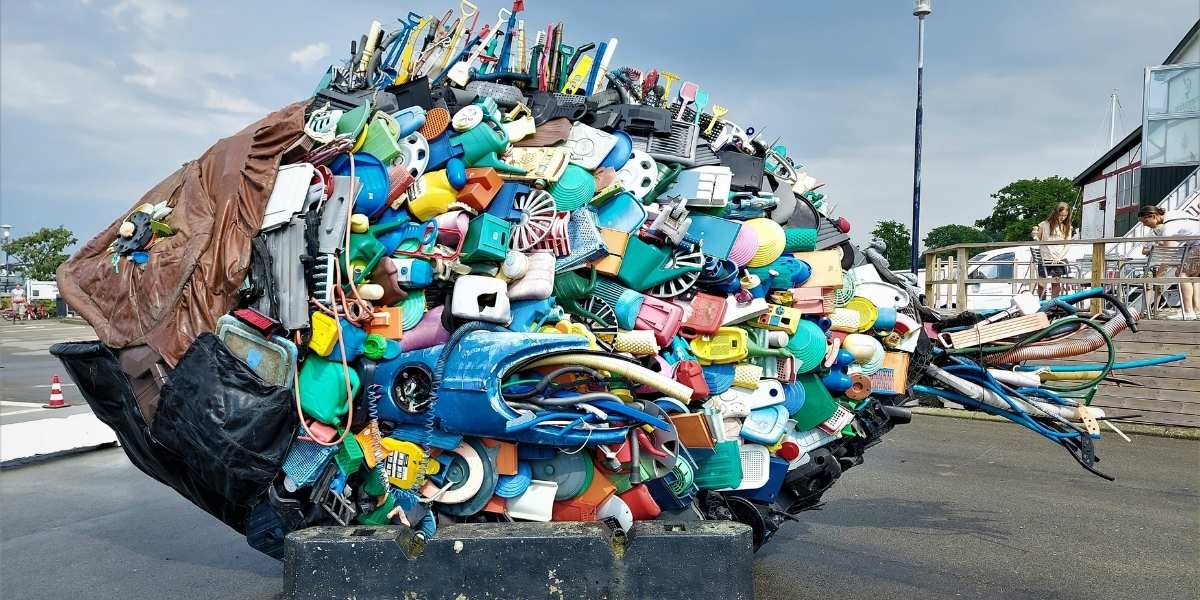Artisan coffee is more than just a beverage; it’s an experience that connects people to the earth, the farmer, the roaster, and the barista. It embodies the dedication, expertise, and passion that go into every step of the process, from sourcing the beans to brewing the perfect cup. This pillar dives into the world of artisan coffee, exploring its origins, the intricacies of its cultivation and processing, and the art of brewing. Let’s uncover the journey of this beloved beverage and the craftsmanship behind it.
Read Also: From Handcrafted Dulcimers to Bluegrass Banjos: Exploring Appalachian Music and Crafts
Sourcing and Sustainability: The Ethical Journey of Artisan Coffee
The first step in crafting exceptional artisan coffee begins with sourcing. Artisan coffee producers place great emphasis on ethical and sustainable practices, ensuring that every stage of production supports both the environment and the communities involved.
At the heart of this process is direct trade—a practice where roasters work directly with farmers, often bypassing traditional supply chains. This not only ensures better prices for farmers but also fosters stronger relationships between producers and consumers. Sustainable farming methods are also crucial, with many producers adopting practices that protect the environment and improve the quality of life for local communities.
The terroir of the coffee plays an equally important role in flavor development. Just like wine, the climate, altitude, and soil type all influence the flavor profiles of coffee beans. The combination of these factors, along with the coffee varietal, gives each coffee its distinctive characteristics, making sourcing a vital step in the journey from farm to cup.
The Roasting Process: Unlocking the Flavors of Artisan Coffee
Roasting is both an art and a science, where skilled roasters transform raw green beans into the aromatic coffee beans we know and love. Through careful manipulation of temperature and time, roasters unlock the complex flavors inherent in each bean.
Roast profiles are key to bringing out the best characteristics of artisan coffee. Light roasts tend to highlight the bean’s natural acidity and floral notes, while darker roasts emphasize richer, more robust flavors. The equipment used also plays a role—specialized roasters allow for precise control over the roasting process, ensuring consistency and a perfect final product.
Roasting is a delicate balance. Too much heat can result in a burnt, overly bitter taste, while under-roasting may leave the coffee underdeveloped and lacking complexity. For roasters, perfecting this process requires knowledge of the beans’ characteristics and an intuitive understanding of how heat will impact their flavor.
Brewing Methods and Techniques: From Pour-Over to Cold Brew
The way coffee is brewed has a profound impact on its flavor, aroma, and overall drinking experience. Artisan coffee enthusiasts have many brewing options to explore, each offering a unique way to enjoy their favorite beans.
One of the most popular methods is the pour-over, where hot water is slowly poured over ground coffee, allowing it to drip through a filter. This method highlights the coffee’s clarity and brightness, making it a favorite for single-origin coffees. The French press, on the other hand, creates a fuller-bodied cup, with a rich and smooth texture, due to the longer extraction time and the presence of coffee oils in the brew.
Espresso is another beloved method in the world of artisan coffee. With a focus on precision, the espresso machine forces hot water through finely-ground coffee at high pressure, extracting intense flavors and a strong shot of coffee. Cold brew offers a different approach, where ground coffee is steeped in cold water for 12 to 24 hours, resulting in a smooth, less acidic brew.
Each brewing method requires attention to detail. Factors like grind size, water temperature, and brewing time all play a crucial role in bringing out the coffee’s full potential. The skill and knowledge behind each method reflect the passion that defines artisan coffee.
Sensory Evaluation and Cupping: The Language of Coffee Tasting
The ability to evaluate coffee involves more than just tasting—it requires a keen understanding of the sensory experience. Cupping is the industry standard for tasting and evaluating coffee. It’s a process that involves brewing coffee in a controlled way to allow tasters to assess the aroma, flavor, acidity, body, and aftertaste.
Flavor descriptors are used to communicate the nuances of each coffee. Terms like “fruity,” “chocolatey,” or “spicy” help describe what’s perceived in the cup. The cupping protocol involves smelling the coffee grounds, breaking the crust of coffee, and then tasting it to assess the complexity of flavors.
Cupping allows professionals to discern subtle differences between coffees, including identifying potential defects or inconsistencies. It’s a critical practice for ensuring the quality and consistency of artisan coffee, and it fosters a deeper understanding of the many factors that influence flavor.
The Role of the Barista: Precision and Craftsmanship
At the heart of the artisan coffee experience is the barista, a skilled professional responsible for transforming high-quality beans into an exceptional cup of coffee. A barista’s role goes beyond simply making coffee—they are artisans who use precision, knowledge, and creativity to craft each drink to perfection.
From pulling the perfect espresso shot to mastering the delicate art of latte art, baristas are trained in every detail of coffee preparation. The consistency of the brew, the temperature of the milk, and the texture of the foam all contribute to the final presentation and taste.
Baristas also have a deep understanding of the science behind brewing, allowing them to adjust brewing parameters and techniques based on the specific coffee and brewing method. This level of expertise ensures that every cup of artisan coffee is a reflection of both skill and passion.
The Culture of Artisan Coffee: Passion and Community
The artisan coffee community is more than just a group of coffee lovers—it’s a passionate movement dedicated to quality, innovation, and sustainability. The third-wave coffee movement emphasizes transparency, direct trade, and the celebration of coffee as a craft, rather than a commodity.
From small-batch roasters to local cafes, the culture of artisan coffee encourages collaboration and education. Coffee enthusiasts, roasters, and baristas come together to share knowledge, explore new brewing techniques, and discover unique coffee profiles. This sense of community has helped elevate the coffee experience, transforming coffee drinking into a rich and engaging culture.
As the demand for high-quality coffee grows, so does the desire to connect with the people and processes behind it. Whether at a local café or through the direct relationship between producer and consumer, artisan coffee fosters a deeper appreciation for the craft and the people who make it possible.
Read Also: The Dynamics of Customer Relationship Management (CRM)
Celebrating the Journey from Bean to Cup
Artisan coffee is much more than a drink—it’s a celebration of craftsmanship, from farm to cup. Each step in the journey, from sourcing and roasting to brewing and tasting, involves a level of expertise and passion that elevates the entire experience. As coffee culture continues to evolve, artisan coffee remains a powerful example of what dedication, knowledge, and sustainability can achieve.
By understanding the complexities of artisan coffee, we can appreciate the work that goes into creating each perfect cup. It’s a journey worth savoring, one that brings us closer to the origins of our favorite beverage and the people who make it possible.








